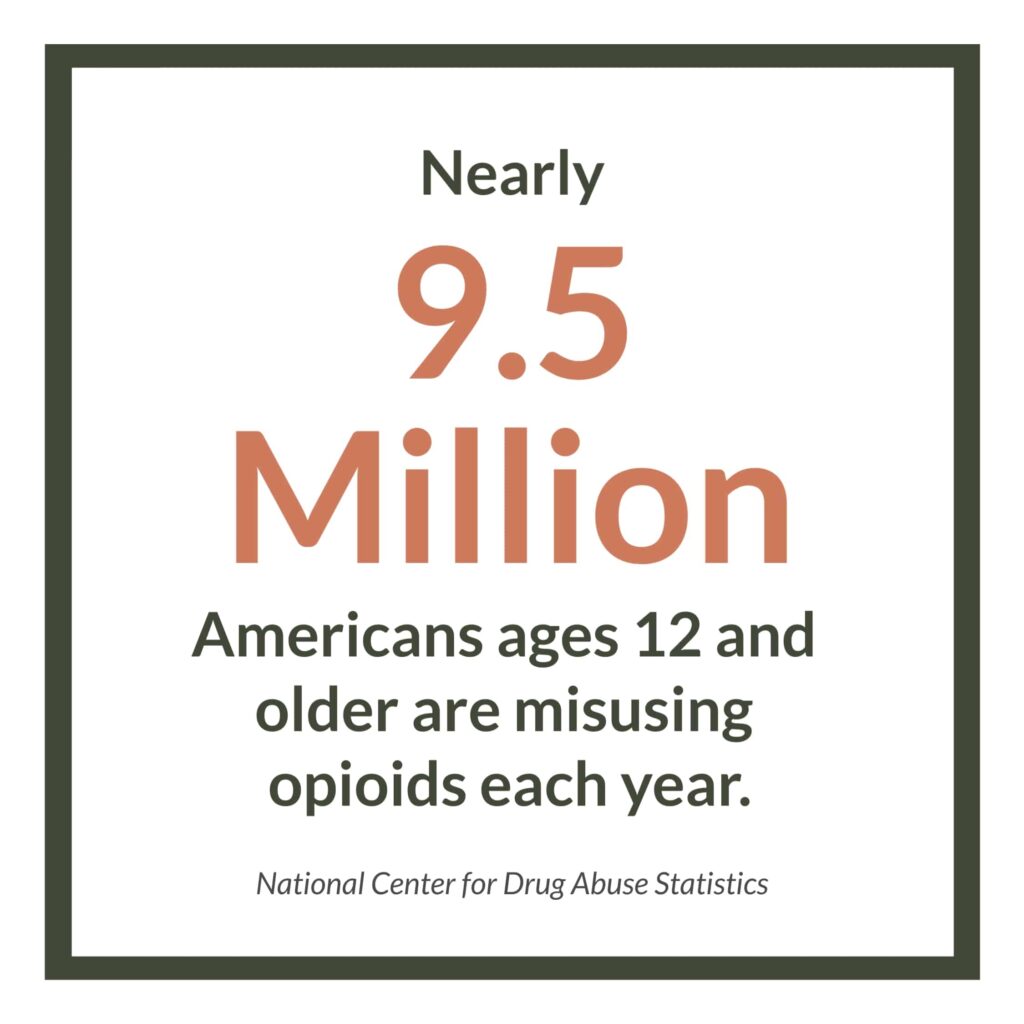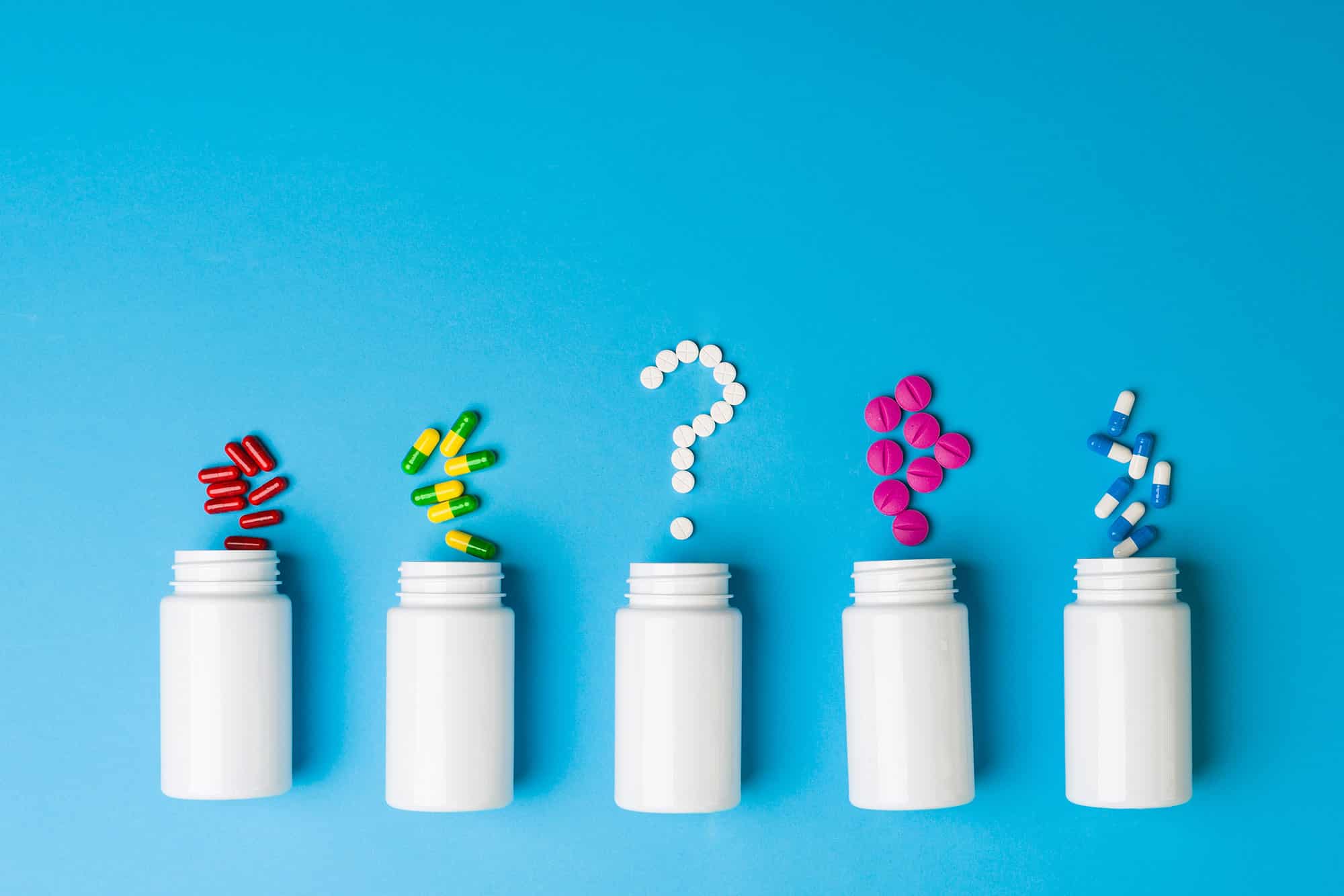By Bobby Shriver
Though the title for most widely used drug in the United States may theoretically vary through the years, several drugs remain prevalent in America today. And they’re continuing to make an impact on our health, communities, and culture at-large. Throw in new drug trends like Kratom, Delta-8, and dab bars, and the presence of drugs (and their consequences) is even more widespread. So, what are the United States’ most-used drugs right now, and how are they affecting us?
The Most Popular Drugs in America
Marijuana
According to the Centers for Disease Control and Prevention (CDC), marijuana is considered the most commonly used federally-illegal drug in the US. Even so, nearly half of the 50 states have since made medical and/or recreational marijuana use legal. Considering cannabis’ growing legality, the number of American adults who use weed at least once in a given year is now over 47 million, shares the National Center for Drug Abuse Statistics (NCDAS).
Opioids

Opioids are a major cause of drug overdose deaths in the US today, representing over 75% of them in 2021 alone, says the CDC. Often prescribed as pain relievers by doctors, opioids can become addictive. As a result, NCDAS reports that nearly 9.5 million Americans ages 12 and older are misusing opioids each year. The opioid epidemic has gotten so widespread that in 2017, the US Department of Health and Human Services (HHS) declared a public health emergency in response, according to the NCDAS.
Hallucinogens
Hallucinogenic drugs like MDMA (ecstasy) and psilocybin (mushrooms) are currently making a comeback due to recent studies examining their use in treatment for PTSD and depression. They may even be on the cusp of entering mainstream psychiatry, according to The New York Times. Yet mind-altering hallucinogens like these (as well as LSD) can cause extreme emotions leading to dangerous behavior that may result in safety issues and injuries, says the National Institute on Drug Abuse (NIDA).
Cocaine
About 4.8 million Americans ages 12 and older used cocaine in 2021, according to a survey by the Substance Abuse and Mental Health Services Administration (SAMHSA). Among those American cocaine users, 1.4 million struggled with a cocaine use disorder as well. While cocaine’s use is widespread, it continues to be a specific concern for young people, especially high school students, shares the National Drug Intelligence Center.
About 4.8 million Americans ages 12 and older used cocaine in 2021, according to a survey by the Substance Abuse and Mental Health Services Administration (SAMHSA).
Meth
The use of the highly addictive methamphetamine (or meth) also continues to be a serious problem in the United States, reports NIDA. Based on a 2021 study, nearly 17 million Americans ages 12 and older have used meth at some point in their lives. Sadly, meth’s usage can cause major consequences, from psychotic behavior and infectious disease transmission among users, to increased crime, unemployment, and child abuse in communities.
Heroin
Heroin’s use has been on the rise since 2007, which may be associated with Americans’ increased misuse of its more expensive alternative, prescription opioids, shares the NIDA. In fact, a 2021 SAMHSA survey indicated that over 1 million Americans ages 12 and older used heroin within the past 12 months. Highly addictive, heroin’s users are not only at risk for hepatitis or HIV, but also may engage in crime and violence to feed their drug addiction.
What Is the No. 1 Most Widely Used Drug in the United States?
Of all the most popular drugs in the US, there’s one that stands far above the rest: alcohol. According to the 2021 SAMHSA survey, over 219 million Americans have consumed alcohol in their lifetime, including 133 million within the month the survey was conducted. Tobacco or nicotine vaping wasn’t far behind with over 163 million having used within their lifetime. While these drugs are legal, it shouldn’t be forgotten that both alcohol and tobacco still can be dangerous when misused.
The Long-Term Effects of Drug Use in the US
As its popularity increases, the long-term effects of drug use cause damage not only individually but in our communities and country as a whole. Addicted, heavy users of drugs like opioids or cocaine can face mortality rates that are three to 14 times higher than the general population due to drug overdose, cardiac failure, accidental injuries, and other factors, according to Disease Control Priorities. In fact, total US drug overdose deaths since 2000 are approaching 1 million, says NCDAS. Yet the impact extends beyond those addicted to the most used drugs. Communities face higher crime and incarceration rates. Families feel a financial burden when drug users can’t stay employed. Cities and governments deal with negative economic consequences. States that have legalized marijuana, for example, are experiencing higher taxpayer expenses, as well as increased hospitalizations and suicide rates. Even the federal budget for drug control was a substantial $35 billion in 2020, the NCDAS shares.
As its popularity increases, the long-term effects of drug use cause damage not only individually but in our communities and country as a whole.
Overcome Drug and Alcohol Addiction at The Meadows
Drug statistics are one thing, but experiencing a substance addiction is another challenge altogether, and one that often requires professional help. If you’re struggling with a drug or alcohol addiction, The Meadows can keep you from becoming another statistic. With our compassionate, expert team and a personalized treatment plan, we can uncover the underlying causes of your addiction and give you the recovery tools to overcome them. If you’re ready to find long-term healing, contact us today.
Take a Closer Look at Drug Addiction
Learn more about drug addiction, its symptoms, who it affects, and how The Meadows is here to help:

